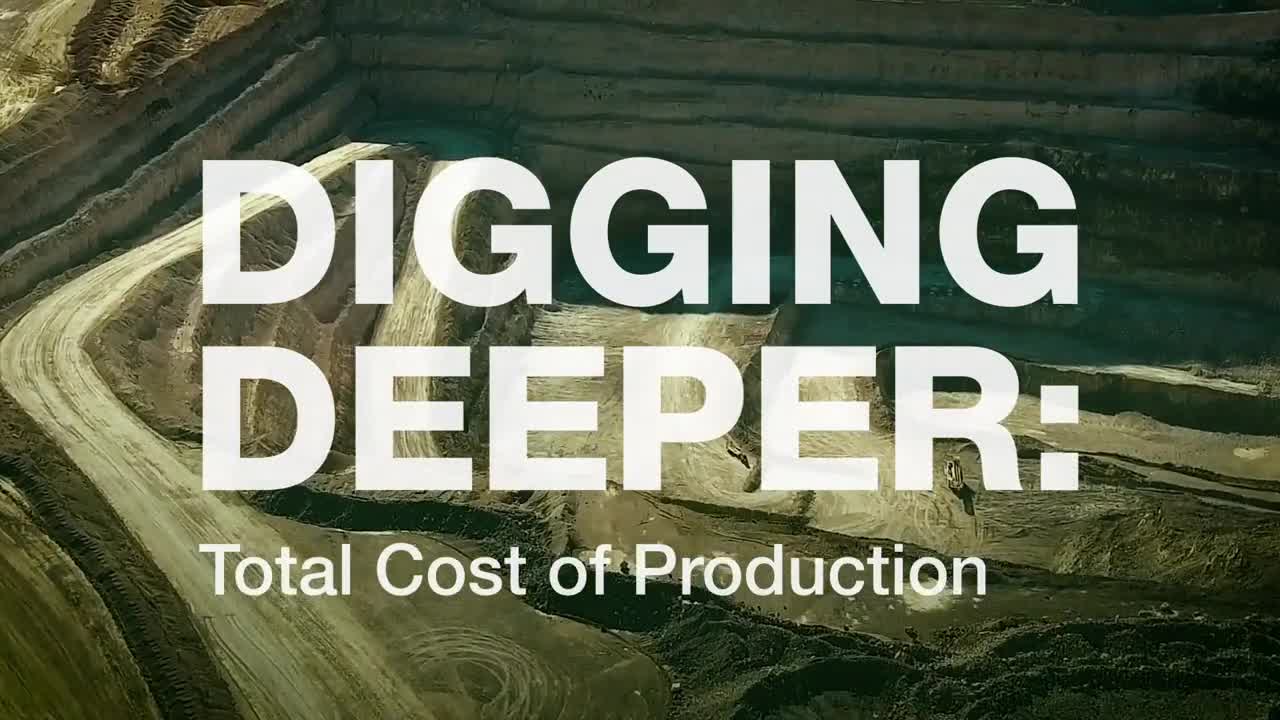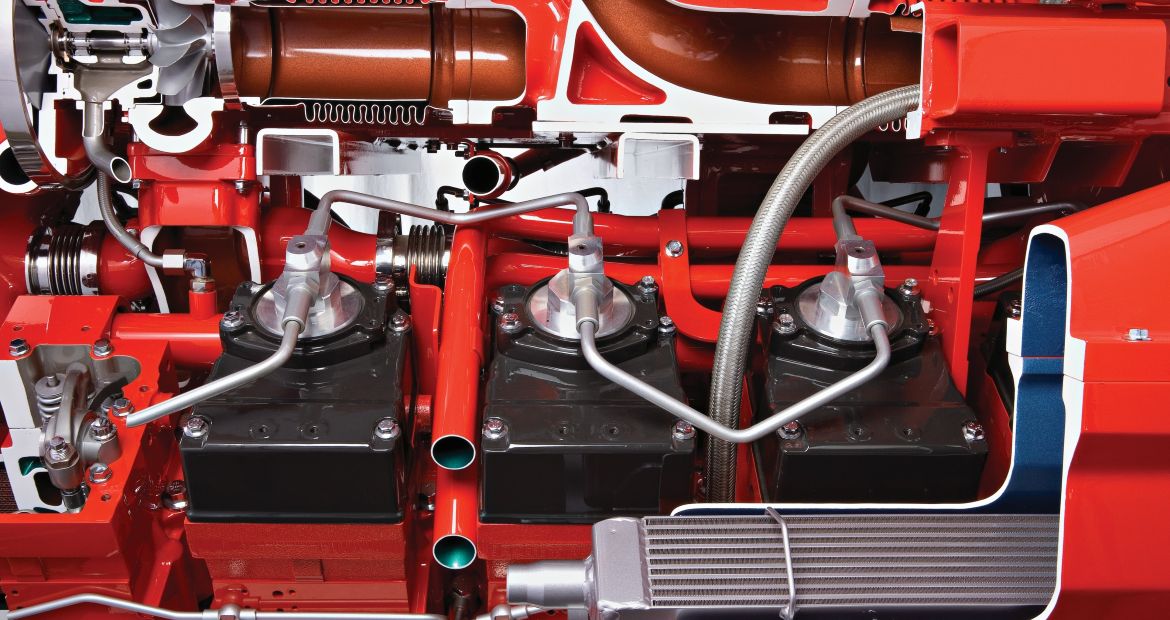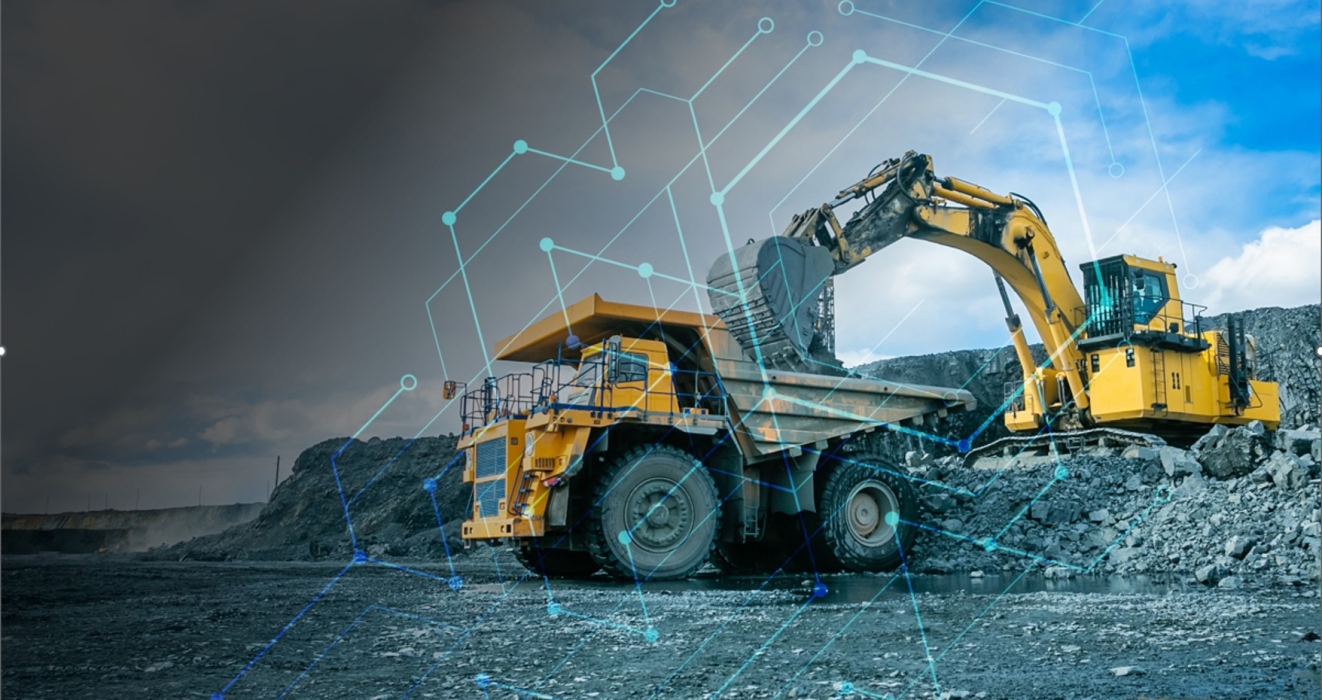Types of Mining Methods
Why mining?
Mining without any doubt is a key component of our lives. Before jumping into the various types of mining, let’s cover why mining?
Check this out: An average infant born today will need a lifetime supply of 750 pounds of zinc (for household fixtures, cosmetics and beyond), 800 pounds of lead (for batteries, medical devices and beyond), 1,500 pounds of copper (for electrical wires and beyond), 3,593 pounds of aluminum (for appliances, cans, planes and beyond), and 32,700 pounds of iron. Read more about these lifetime supply of needs.
The sum of just the five minerals exceeds 20 tons of material per person: about the same weight as a 14-passenger car.
There are four types of mining that are most common.
Surface mining
Surface mining is best suited to extract minerals that are close to the surface of the earth. It is also usually a more cost-effective mining method compared to underground mining. Common minerals extracted using surface mining are some of the most mined including coal, iron and bauxite.
Underground mining (or subsurface mining)
Underground mining is best suited to extract minerals that are located deep under the surface of the earth. Common minerals extracted using underground mining include gold, lead and silver. It is important to remember that many minerals can be extracted using either surface or underground mining. The relative depth of the deposit and economic value of the mineral play a key role in determining which method of mining to be used. An underground mine could be as shallow as 300 meters or as deep as 3 kilometers. For example, earth’s deepest underground mine, Mponeng Gold Mine, located in South Africa, has an operating depth beyond 3.1 km.
Placer mining
Placer mining is the method of separating valuable metals from sediments through sifting. Placer mining often takes place in riverbeds, sands and environments where there is a natural accumulation of sediments. Common minerals gathered using placer mining include platinum, tin and diamonds.
In-situ mining
In-situ mining is the method of recovering minerals from earth without extracting the mix of rocks and ore to the surface for processing. This is accomplished by injecting a solution that dissolves the mineral in its original location and pumping back the solution that now includes the minerals to the surface. The most common mineral extracted using in-situ mining is uranium.
For miners, four of the considerations that impact the choice between these mining methods are the location of the mineral, financial value of the deposit, environmental considerations and the chemical composition of the mineral.
Types of Surface Mining
There are three common surface mining methods.
Strip mining
Strip mining is the activity of removing a layer of earth to access the minerals that are in shallow deposits and continuing to do the same in adjacent areas without digging deeper vertically. Strip mining is best suited for shallow and horizontally located deposits. Strip mining activities often impacts a broader surface area. This is because the excavation activity continues to move on the surface as shallow deposits are extracted.
Open-pit mining
Open-pit mining is the activity of removing the earth to access the mineral deposits and continuing to do it vertically in an open-pit. This method is best suited for mineral deposits that are close to the surface of the earth but are not accumulated in a horizontal manner. Open-pit mining often impacts a narrower surface area. This is because the excavation activity continues deeper into earth, not horizontally on the surface, like strip mining.
Mountaintop removal mining
Simply put, this method is the activity of removing the top of a mountain or a hill to access the minerals deposited beneath it. The overburden then is used to fill the nearby valleys. One could argue about the overlap between open-pit mining and mountaintop removal mining methods. For example, consider open-pit mines in Chile that are on top of a mountain range.
Types of underground mining (or subsurface mining)
Below are three common underground mining methods.
Room and pillar mining
Room and pillar mining is the activity of extracting minerals from openings called rooms caved into ore seams. This method includes excavating enclaves or rooms within the ore seam while leaving pillars in between to hold the roof. The majority of the mineral extraction takes place in these rooms. Pillars could also be excavated either towards the end of the mine’s lifecycle or as extraction moves to a different level.
Block caving mining
Block caving mining includes drilling holes underground, beneath the ore body, and using planned blasts to break down the ore and the rocks. Then the mixture of rocks and ore fall with the help of gravity to be transported for processing. Block caving mining often takes place once the production through open-pit mining becomes uneconomical.

Longwall mining
Longwall mining is the activity of extracting minerals using a large shearer, often mounted on a conveyor. The shearer moves through the ore seam as it extracts minerals. Longwall mining is best suited for ore deposits that are horizontally distributed and where there is continuity of the deposits. Coal production often takes place with the use of longwall mining.




